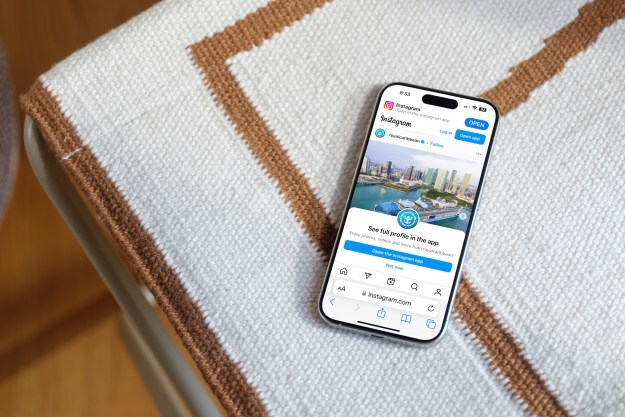
The news outlet, whose sources more often than not turn out to be reliable, claims the tech giant is in talks with a number of U.S. banks – Chase, Capital One, and JP Morgan among them – about the proposed service, which could launch next year.
Details on how the service might work are extremely sketchy at the moment, but individuals familiar with the talks told the Journal it’d likely be along the lines of PayPal’s fast-growing Venmo service, which enables quick and easy money transfers between friends and family using a mobile app and Web interface.
Not surprisingly, it’s thought the service will tie in with Apple Pay, Apple’s mobile payments service for customer-to-merchant transactions at brick-and-mortar stores and online. It’s possible Apple Pay could be modified to include the option for users to connect with their bank accounts, enabling them to use their Apple device to send cash to friends and family in just a few taps.
The Journal says that at this stage it’s not clear how Apple would make money from its rumored service as its source claims the Cupertino company isn’t intending to charge banks for participation. That’s different to Apple Pay, where the tech firm receives a percentage from banks for each transaction. Indeed, it’s suggested that “the company may view a person-to-person offering mostly as a way to get more consumers to convert to its phones.”
Of course, person-to-person payment systems have been around for a while now and it’s become a crowded space. A new service from Apple would take on the likes of not only Venmo but also Square Cash, PayPal.Me, and Google Wallet. Facebook Messenger and Snapchat have also incorporated such payment options into their apps. In that sense, it’s little surprise that Apple appears to be prepping the launch of a similar service, though with so many iPhones out there today, news that it’s gearing up to enter the sector will be a cause of concern for rival services.
Editors' Recommendations
- In 2023, it’s time to finally ditch your real wallet for Apple Pay
- Another day, another antitrust claim: EU targets Apple Wallet
- Google Pixel 6 pricing looks set to match Apple’s iPhone 13
- Get 3% Daily Cash on Apple Card for any T-Mobile store purchase
- Line Pay’s global digital Visa card helps it take on Apple, Google, and Samsung


